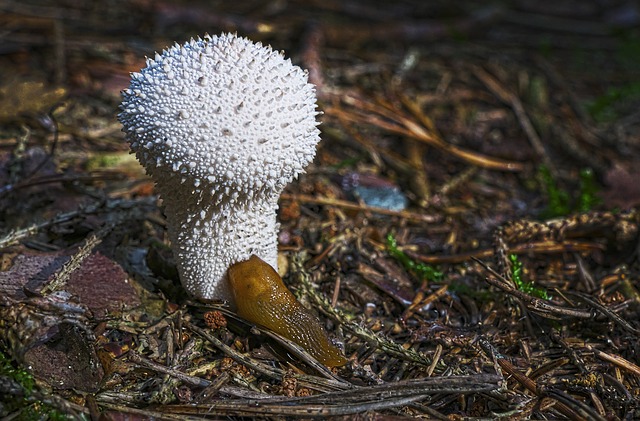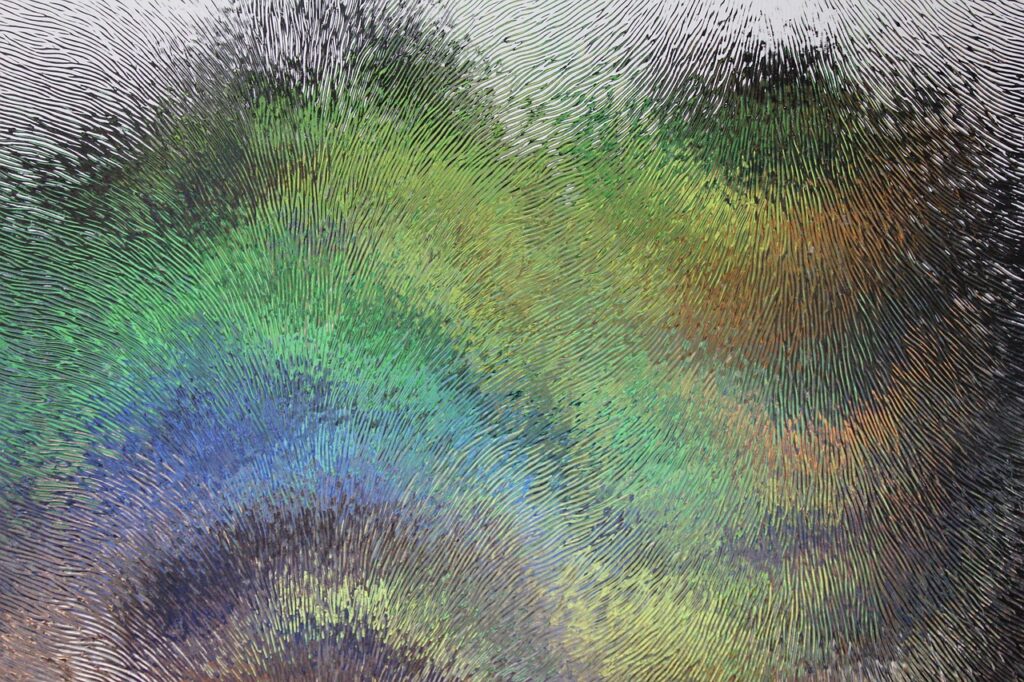Mushrooms are a diverse group of fungi, with thousands of species found in various ecosystems around the world. Central to the identification and classification of mushrooms are their spores – microscopic reproductive structures that play a vital role in fungal reproduction. In this article, we will explore the different types of mushroom spores and their characteristics, shedding light on the fascinating world of mycology.
Introduction to Mushroom Spores
Mushroom spores are produced as part of the fungal reproductive cycle. When mature, these spores are released into the environment, where they can germinate under suitable conditions to form new fungal colonies. Spores come in a variety of shapes, sizes, and colors, each unique to different groups of mushrooms.
Understanding Different Types of Mushroom Spores
- Basidiospores: Basidiospores are the most common type of mushroom spores and are produced by mushrooms belonging to the Basidiomycota phylum. These spores are typically produced on specialized structures called basidia, which are found on the surface of mushroom gills or pores. Basidiospores come in various shapes, including spherical, ellipsoidal, and cylindrical, and are often released into the air en masse, giving rise to the familiar mushroom spore print.
- Ascospores: Ascospores are produced by mushrooms belonging to the Ascomycota phylum. Unlike basidiospores, which are produced externally on basidia, ascospores are formed within sac-like structures called asci. These spores are typically ejected from the ascus when mature, often in a distinctive discharge known as an ascospore discharge.
- Zygospores: Zygospores are produced by fungi belonging to the Zygomycota phylum. These spores are formed through the fusion of specialized reproductive structures called gametangia, resulting in a thick-walled, durable spore capable of surviving harsh environmental conditions.
- Conidia: Conidia are a type of asexual spore produced by some fungi, including members of the Ascomycota and Deuteromycota phyla. These spores are typically formed at the tips of specialized hyphae called conidiophores and are dispersed by wind, water, or other means.

Discussion of Various Mushroom Species and Their Spore Characteristics
Different species of mushrooms produce spores with unique characteristics, including color, shape, and size. These characteristics are often used by mycologists and mushroom enthusiasts to identify and classify mushrooms based on their spore prints.
Highlighting the Role of Spore Color, Shape, and Size in Taxonomy
Spore color, shape, and size are important features used in the taxonomic classification of mushrooms. By examining these characteristics, mycologists can distinguish between different species and genera, helping to elucidate the evolutionary relationships between fungi.
Emphasizing the Importance of Spore Prints in Mushroom Identification
Spore prints are a valuable tool in mushroom identification, providing key information about a mushroom’s reproductive structures. By making a spore print, enthusiasts can determine the color of a mushroom’s spores, which can be used to narrow down its identity.
Conclusion
In conclusion, the diverse world of mushrooms is reflected in the wide array of spore types found in fungal taxa. By understanding the characteristics of different types of mushroom spores, enthusiasts can gain valuable insights into the ecology, taxonomy, and evolution of these fascinating organisms.

